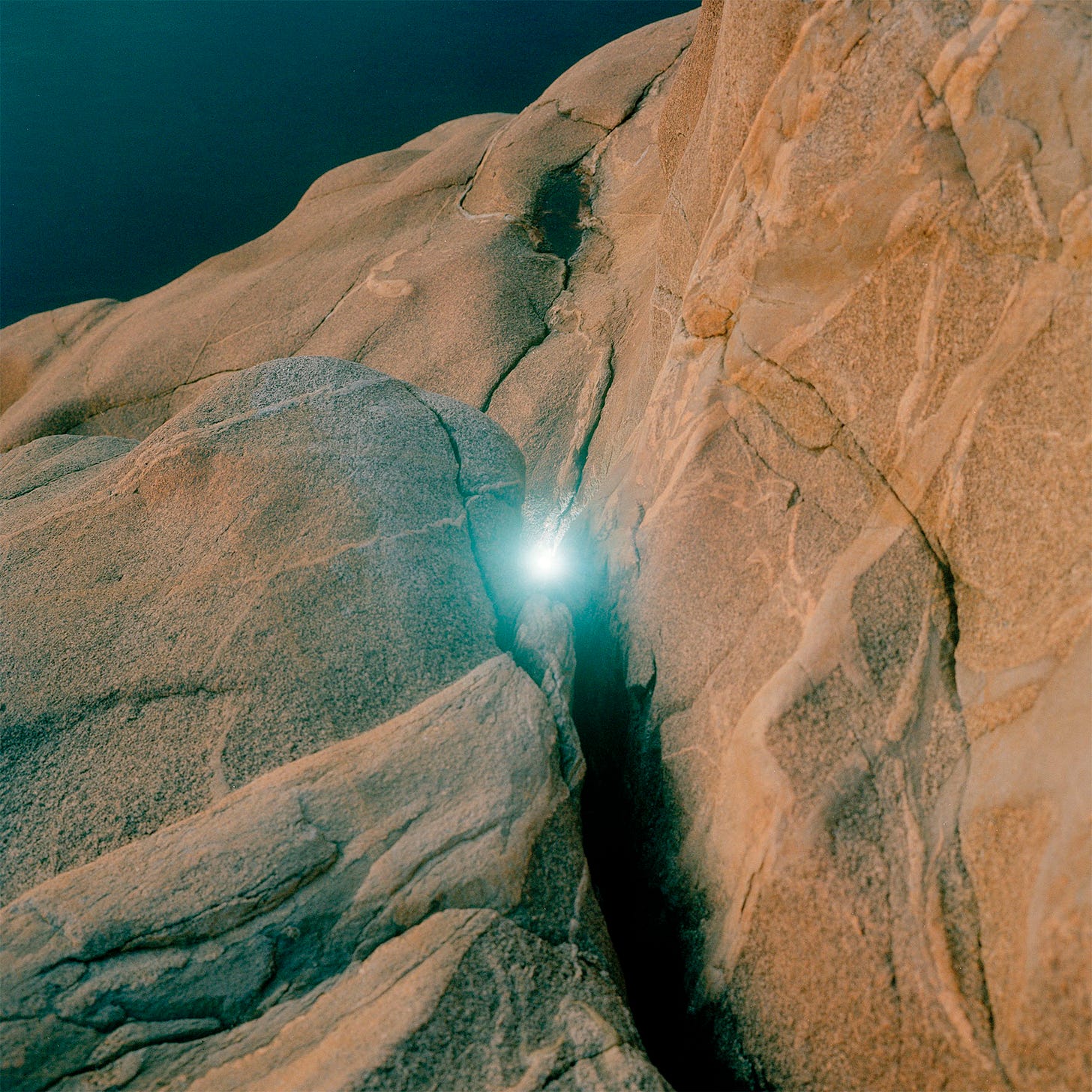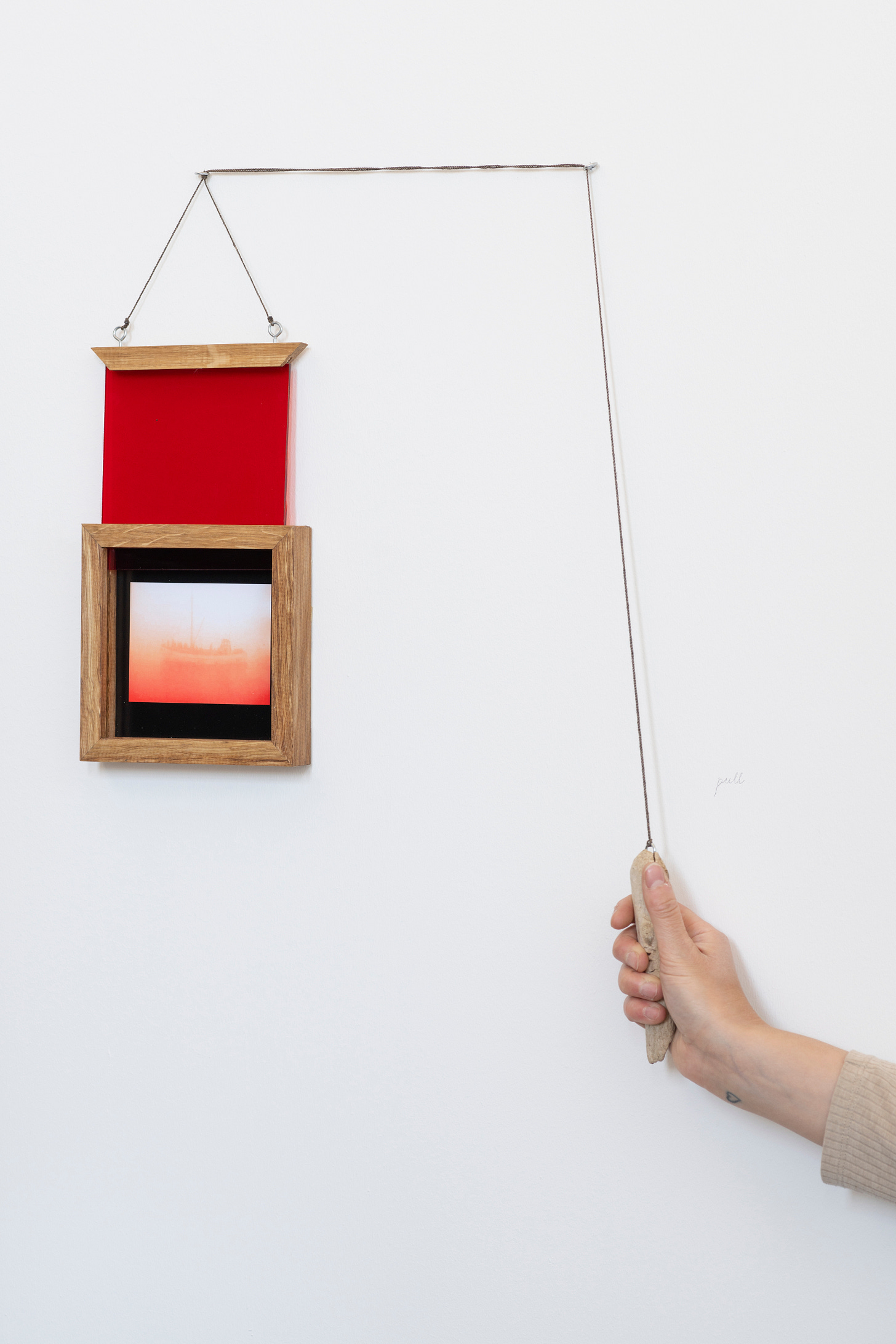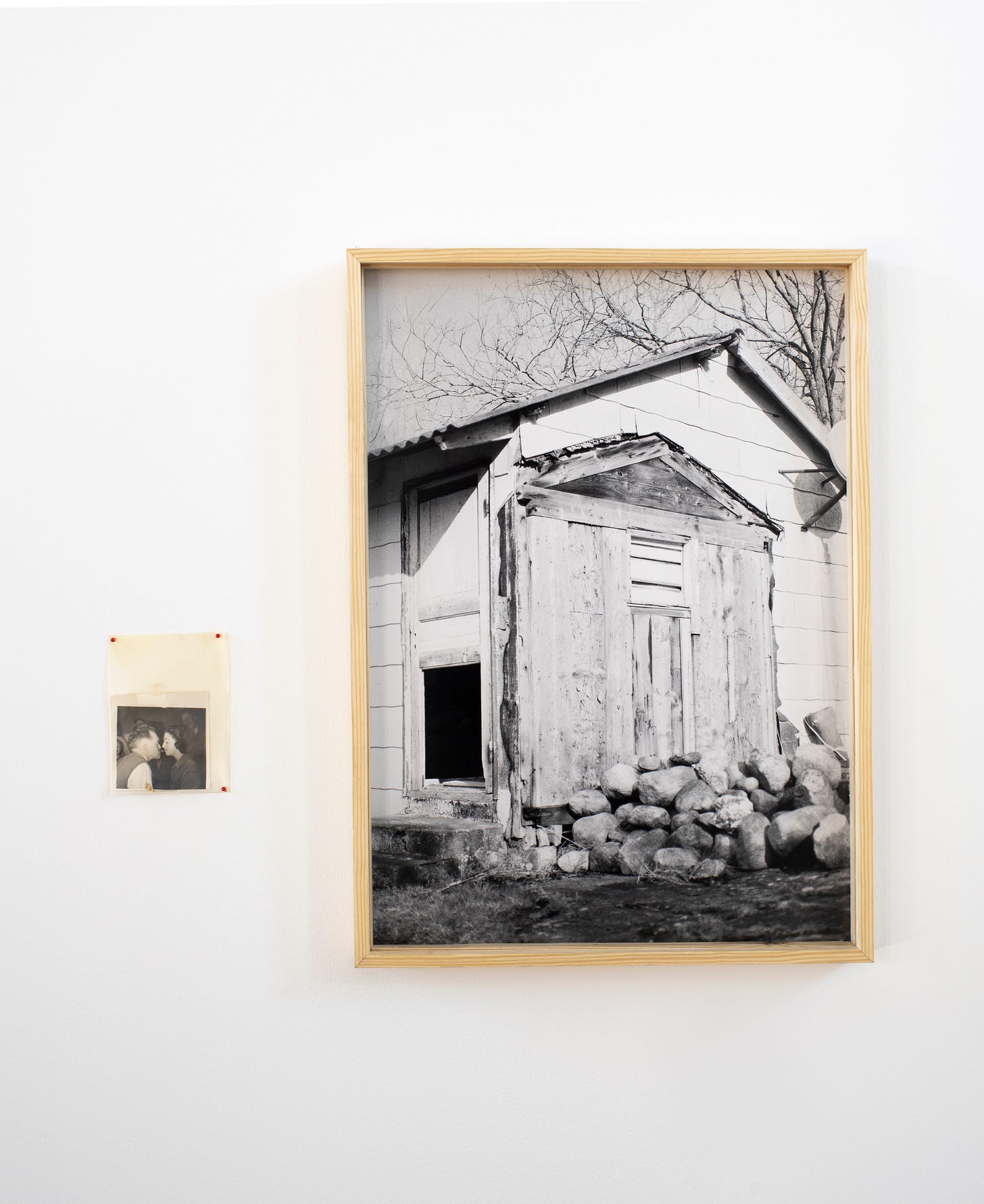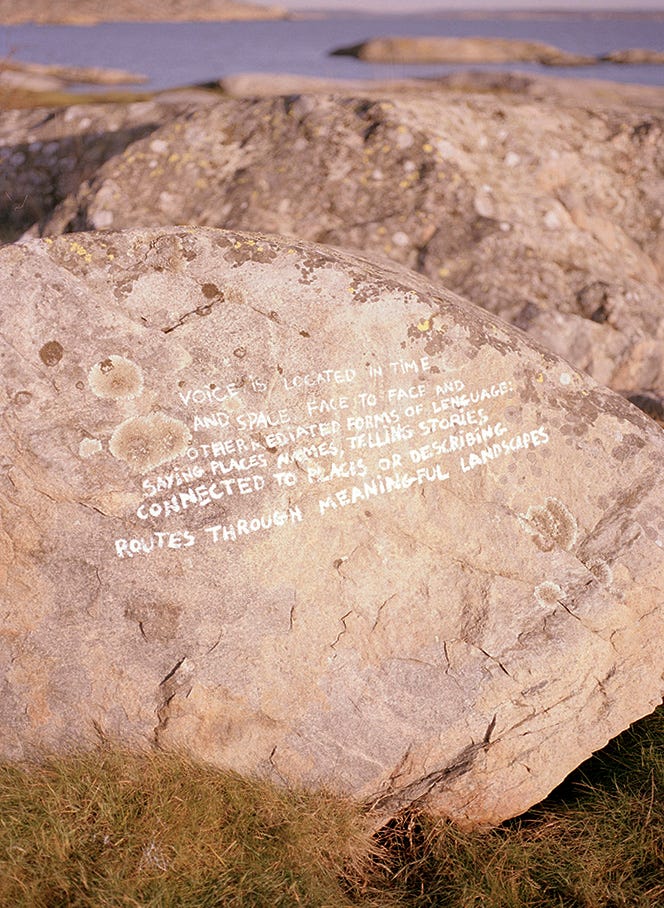Shortcuts #13
Takeover by Mercè Torres Ràfols
We'd like to welcome you to ‘Shortcuts,' our end-of-month 6-question interview on our Substack platform, followed by a six-day daily takeover of our Instagram account by the featured artists and galleries. Please take a moment to click here to subscribe to our Instagram if you haven't already. Now, without further ado, please welcome artist Mercè Torres Ràfols.
Mercè Torres Ràfols is a Catalan visual artist whose work intertwines photography, site-making, and local history. Based in Gothenburg, she investigates cultural heritage, linguistic traditions, and how knowledge is carried through time. Her practice is deeply rooted in place, using photography as a tool to explore the layered histories of agriculture, fishing, and communication methods.
With a background in fine arts from the Universitat de Barcelona and a master’s degree in photography from HDK-Valand, Torres Ràfols has exhibited widely, both independently and collaboratively. Her curatorial projects, including work at Galleri Résistance and COMA.site, often focus on ecological and posthuman perspectives. As a co-founder of the artist-architect collective Garden Loops and an organizer of the festival Fotobok Gbg, she continues to shape critical dialogues around urban ecologies and collective knowledge.
In this conversation, we delve into her artistic practice, her relationship with photography as a research tool, and the ways in which she navigates history, territory, and memory in her work.
What conversations do you hope your work will spark?
I hope my work generates discussions on two interconnected topics. On one hand, questions on how language influences our relationship with the world around us—how we communicate with others through words and images, and how these modes of communication are shaped by structures of power, as well as by poetics and narratives. On the other hand, sparks curiosity to explore how our societies are rooted in specific places, and how our (human) history is imprinted and mediated through other species and geologies.
Could you describe your creative process? Tell us about one of your projects
Lately, I’ve been working with old postcards from a specific bridge that collapsed in western Sweden. I often work with pre-existing images; it’s fascinating to navigate the reasons behind how and why they were taken and have circulated.
The project’s name, “I den täta nattdimman” (“In the dense night fog”), examines the history of Almöbron, a bridge that collapsed one foggy night when a ship went off course. The bridge had, for the first time, connected the island Tjörn to the mainland via road. The postcards depict an idyllic vision of infrastructure and summer holidays, oblivious to the impending tragedy. While the images promote a local/national identity tied to the coast, I place myself within this absent landscape, writing about displacement, homesickness, and the experience of becoming a citizen in a foreign land. This approach, blending image and text, is a recurring methodology in my practice.
How does your studio or workspace (physical or mental) look like?
My studio is located at Studio Pilot in Gothenburg, which I share with three photographers and a frame maker (Anna Sofia Jernryd, Nina Mangalanayagam, Helga Härenstam, and Jesper Lundaahl). My desk and a few shelves are located near the shared kitchen, often cluttered with all kinds of papers and prints. I struggle to keep things organized, but I’ve come to accept the mess as part of my creative process—a physical manifestation of ideas that can be developed or are in the making. I work in silence, jotting down my next steps and reasoning through my actions before moving forward.
At this time of year, my studio is particularly chaotic as I am preparing for an exhibition at Konstepidemin with my collective, Garden Loops. We are a group of artists and architects based in Gothenburg and Stockholm, exploring local ecologies, posthuman perspectives, and food systems. Our cross-disciplinary research bridges the gap between the human and natural worlds. The collective consists of Alexandra Papademetriou, Poppy Bell, Natalie Blom and me.
Is your art influenced by where you were born or live now?
This question is central to my practice: What histories do we carry with us? How do we make space for a new language? What stories are told to us, and what stories do we tell?
I come from a small valley near Barcelona, from generations of farmers with deep connections to the soil, the fields, and the fruit. It’s a place that occasionally appears in my dreams, asking, "Will you take care of the dying trees one day?" This inheritance is deeply woven into my practice, both conceptually and in the way I engage with the land. I often ask myself: Am I caring for this place? Am I giving to it? Am I taking from it?
Where I live now, Gothenburg, provides me with the stability to practice as an artist. It also sparks a different kind of curiosity—almost childlike—encouraging me to observe and critically engage with my surroundings, to make myself part of this place.
Who are some of your most important female (womxn) sources of inspiration and influence?
Some of my key inspirations include Sam Contis, Roni Horn, Åsa Sonjasdotter, Bárbara Sánchez Barroso, Yana Wernicke, and Ingrid Guardiola, among others.
What personally or professionally excites, worries, or keeps you connected?
I’m always excited by the prospect of being questioned, surprised, and understanding things in new ways. I often visit the humanities library at Gothenburg University, where I can sit in silence, not knowing when I’ll leave. It’s a place where I can immerse myself in thought, scroll through books, and find new ways of looking.
Running, swimming, and physical movement are essential for breaking through creative blocks. I find that when I run or swim, I can focus on a problem or idea in need of development, all while pushing through breathing rhythms.
I’ve been trying to be more engaged with the cultural life of the city—attending gallery openings, theatre performances, and concerts. Gothenburg has a vibrant community of visual artists to connect with and learn from, but also to laugh and share the intimacies of life itself. It’s quite something special, compared to where I’m from, this very genuine way of talking to one another, it would be hard to find in Barcelona.
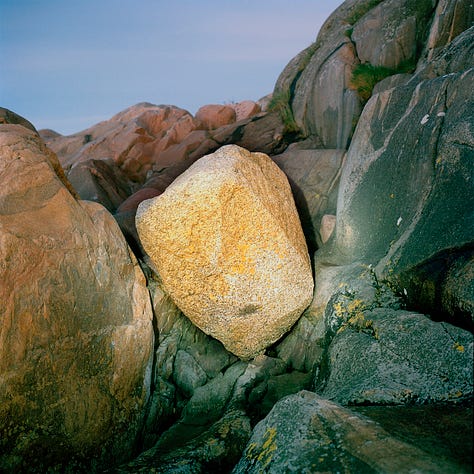
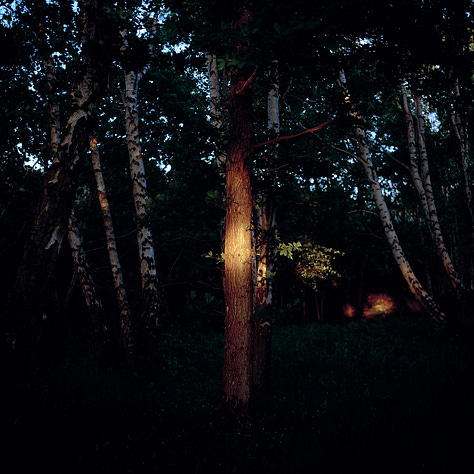
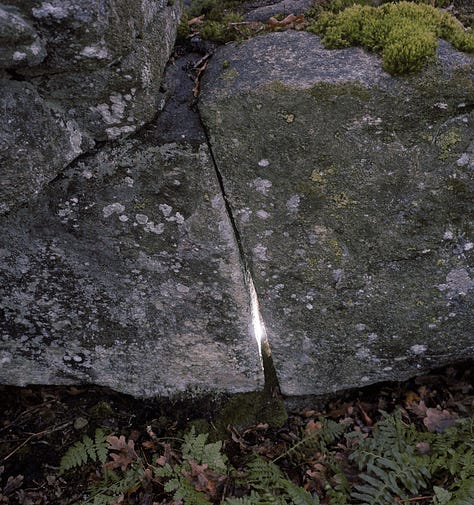
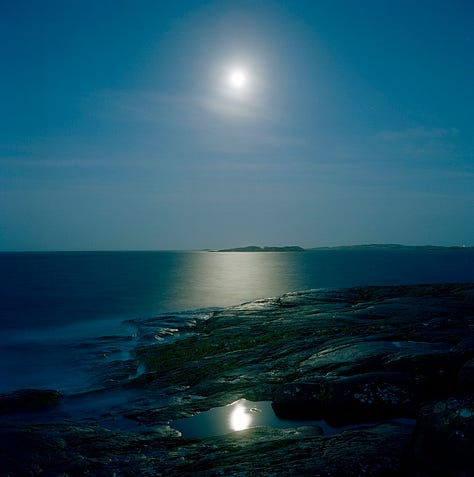
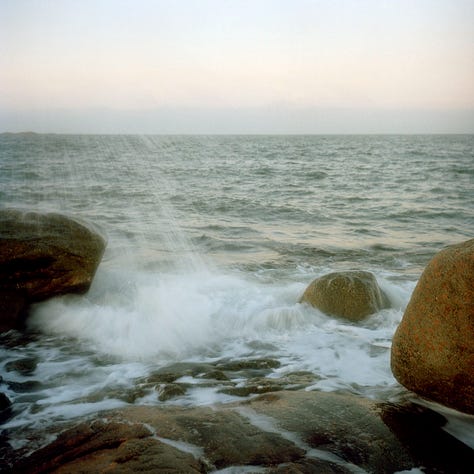
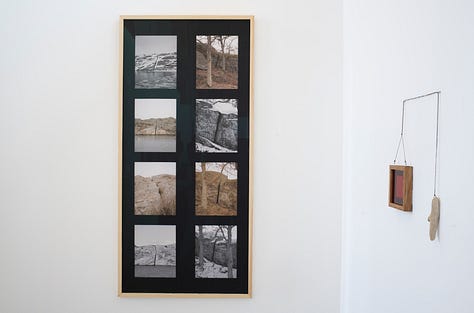


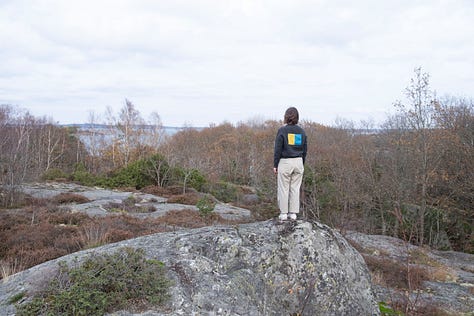
For further information about Mercè Torres Ràfols, please visit her website and Insta pages, and check her curatorial work at Galleri Résistance and COMA, but first, spend the next week with Mercè by following her takeover of our Instagram page!
Buy our print magazine by clicking on the following link
https://tarantulaauthorsandart.substack.com/publish/post/129709764
Tarantula: Authors and Art is a reader-supported publication. To receive new posts and support our work, consider becoming a free or paid subscriber.


